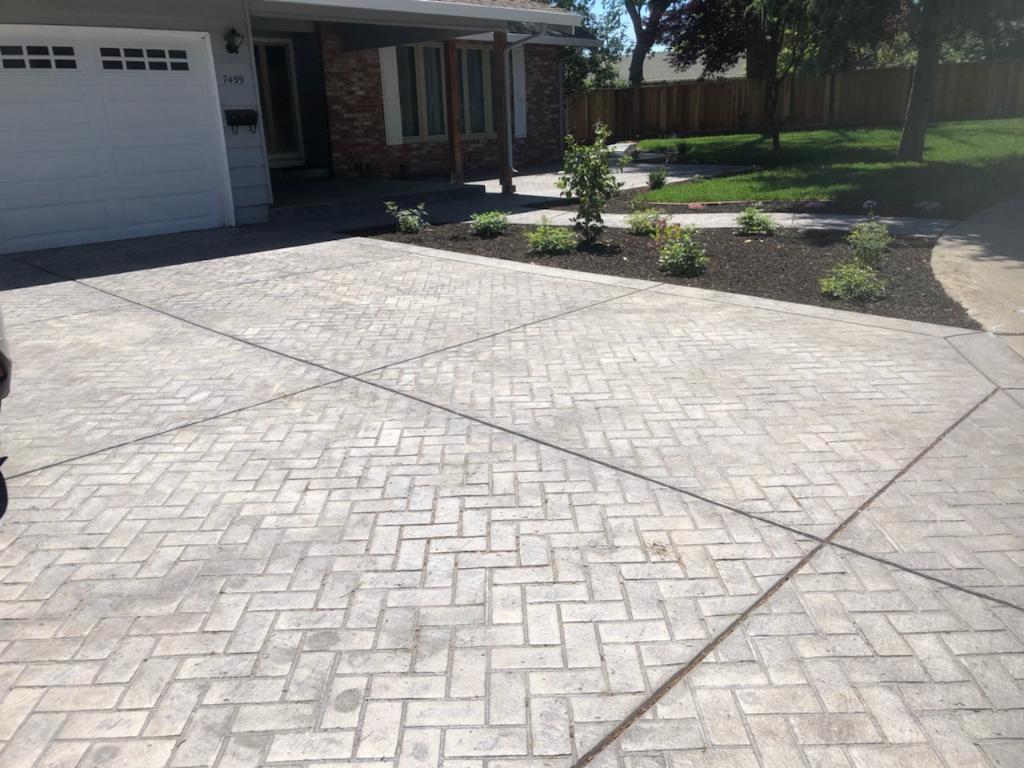How Does Reinforced Concrete Work?
As we already know, concrete is a composite material — a cement matrix with reinforcing aggregates — which works well in compression but not in stress. By casting wet concrete around solid, steel reinforcing bars (tied together to create a cage) we can solve the problem. Once the concrete forms and hardens around the blocks, we obtain a new composite material, reinforced concrete (also called reinforced cement concrete or RCC), which works well under either stress or compression: the concrete resists crushing (provides the compressive strength), while the steel resists bending and stretching (provides the tensile strength). Reinforced concrete typically incorporates one composite material inside another: concrete is the matrix, while the reinforcement is formed by steel bars or wires.
The steel bars (known as rebar, short for reinforcing bar) are usually made of twisted strands with nobles or ridges on them which anchor them firmly inside the concrete without any risk of slipping around inside it. Theoretically, we could reinforce concrete using all kinds of materials. Generally, we use steel because it expands and contracts nearly as much in the heat and cold as concrete itself, which ensures that if it expands more or less, it does not fracture the concrete that surrounds it as another material would. However, other materials are also used as various kinds of plastics.
Prestressed concrete
Alternatively, rebars in reinforced concrete may be stressed after they begin to harden, which is known as post-stressing. Either way, it is a clever trick to hold the concrete in compression that helps stop it from cracking (and prevents cracks from spreading if they do form). Another advantage is that, relative to a standard, reinforced concrete, fewer pre-stressed or post-stressed concrete or smaller, slimmer parts may be used to bear the same loads.
Concrete Cancer
The last thing you want to see in a building or bridge is cracks, particularly a fairly new one made of concrete. Yet if we have concrete structures that date back to Roman times, how can some of the concrete bridges, skyscrapers, and other structures that were constructed only a few decades ago, fall apart in the late 20th century already? Many explanations exist. Older, roman-type pozzolanic concrete, made of volcanic ash, appears to crack less than more modern types of concrete, because it was primarily used in compression, but even if cracks had the chance to form, they were less likely to spread.Reinforced concrete is more likely to be used in stress, which is why it has internal “rebars” that strengthen those steel. Yet, as we have already noticed, once it is prestressed it can still crack.
Environmental impacts of concrete
Growing environmental issues, and especially climate change, have highlighted yet another major concrete problem: cement production is the third-largest source of carbon dioxide emissions after transportation and electricity. That’s partially because the cement-making process emits a lot of carbon dioxide but also, very significantly, because of the large amount of cement and concrete used around the world. Carbon dioxide is released in two very different ways (split between them approximately half and half): first, because of the fossil-fuel resources used in cement manufacturing; second, because cement is created when calcium carbonate transforms into calcium oxide, releasing carbon dioxide in the process. Concrete depends on cement, and it’s anything but a sustainable material that especially scares architects as they appear to be very environmentally conscious.



Need Reinforced Concrete Repairs?
The more difficult a project is, the harder we work to provide real solutions and state-of-the-art solutions. We partner with each client from concept to completion, which enables us to design and implement plans that meet or exceed our client’s goals.Our concrete design team is made up of highly skilled, experienced estimators and craftsmen who work diligently to minimize problems and ensure that we remain on schedule. With all the resources available to complete your project through strong connections with leading suppliers, we are a single source for any type of concrete formwork. For all our products and services, we use the latest industry technologies so you can insure your project will be completed on-time and under code. When it’s time to finish and place, you can count on our highly experienced crews who are skilled in all facets of the industry. Spaulding Concrete will deliver if you need experience with any type of structural concrete. To schedule your free quote, call or contact us today! We are proud to serve Orinda, Lafayette, Moraga, Pleasant Hill, Concord, Martinez, Pittsburg, Antioch, Brentwood and the surrounding areas.
